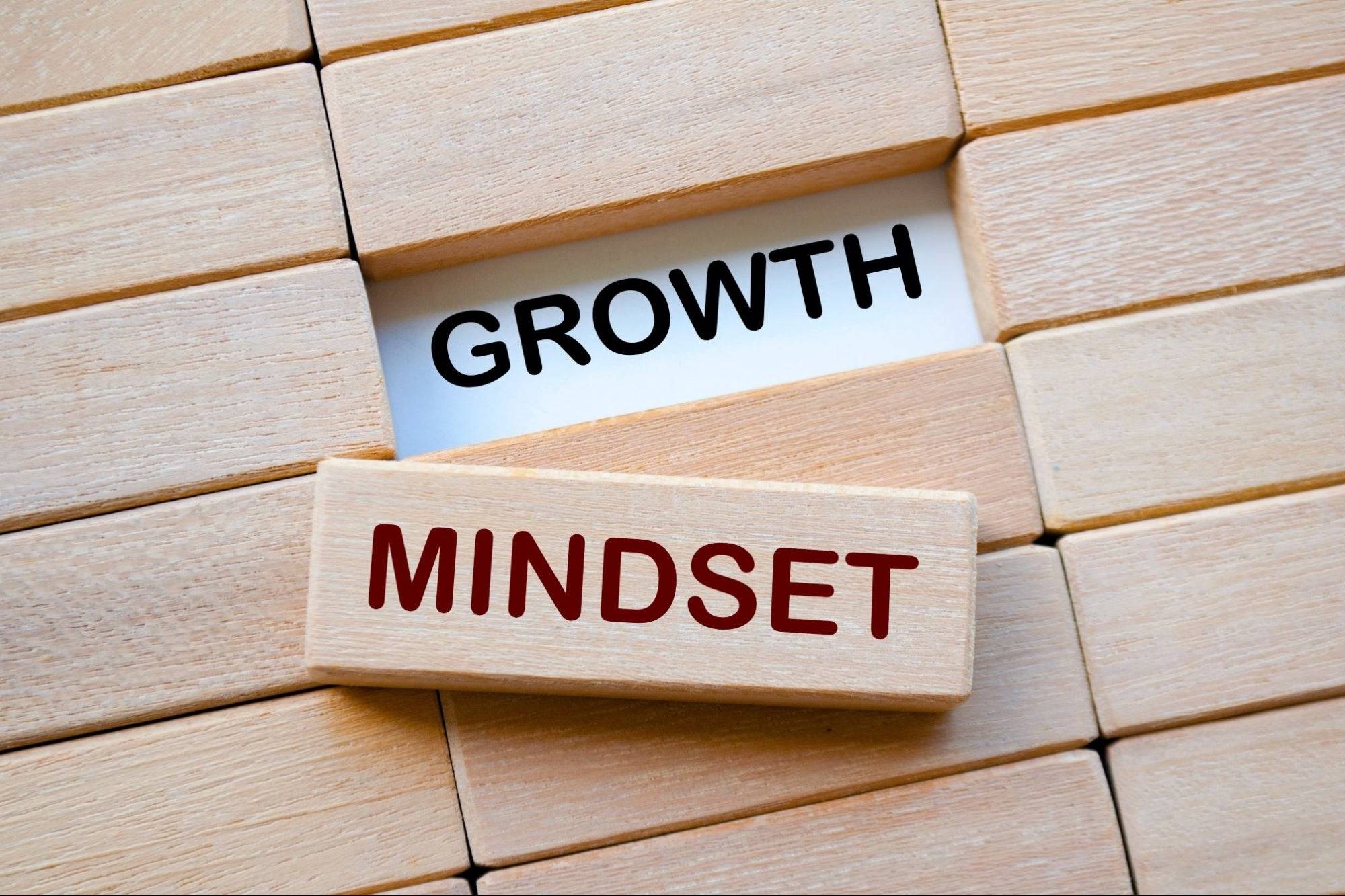
How to Develop a Growth Mindset for Continuous Learning
In today’s fast world, learning continuously and adapting to new challenges is vital. The growth mindset, made famous by psychologist Carol Dweck, is key to how people learn and grow. A growth mindset is the belief that with effort and hard work, you can grow your skills and intelligence. This view promotes a love of learning and helps build resilience. Both are essential for achieving great things. In this blog, we will look at why a growth mindset is key for continuous learning. We’ll share practical tips to help you build this strong approach.
Developing a growth mindset in learning isn’t just about gaining new skills. It’s also about changing how you face challenges and setbacks. It’s about seeing failures as chances to grow. Effort is the way to achieve mastery. It doesn’t matter if you’re a student, a working professional, or someone who wants to grow. A growth mindset can truly enhance your learning and personal development.
Why It Matters

The Relevance of a Growth Mindset
A growth mindset is key for continuous learning. It affects both personal and professional growth. Understanding this impact is the first step. A growth mindset in learning helps people welcome challenges, keep going despite setbacks, and view effort as a way to achieve mastery. This mindset is not only beneficial for academic success but also plays a vital role in personal growth and career advancement.
Real-Life Applications
- Academic Success: Students with a growth mindset tend to get better grades and enjoy learning more. They view challenges as opportunities to improve rather than as threats to their intelligence.
- Career Advancement: A growth mindset at work boosts innovation, adaptability, and motivation. Workers who trust their skills are more likely to accept new tasks and look for ways to grow professionally.
- Personal Development: On a personal level, a growth mindset fosters resilience and a positive outlook on life. It encourages people to keep learning throughout their lives. This leads to a richer and more satisfying experience.
Data-Backed Insights
Studies show that people with a growth mindset are more likely to reach their goals and stay motivated. A study from Stanford University found that students with a growth mindset did better in school. This was in contrast to those who had a fixed mindset. Also, organisations that encourage a growth mindset often have more engaged and productive employees.
Actionable Insights
To build a growth mindset for learning, you should add certain strategies to your daily routine. Here is a step-by-step guide to help you get started:
Step 1: Embrace Challenges
Reframe Your Perspective
Start by viewing challenges as opportunities to learn and grow. Don’t shy away from tough tasks. Instead, face them with curiosity and a desire to learn. This shift in perspective can help you overcome fear and build resilience.
Example:
When learning a new language, see the tough grammar rules as a chance to boost your understanding and fluency.
Step 2: Learn from Criticism
Seek Constructive Feedback
Feedback is a valuable tool for growth. Instead of taking criticism personally, use it as a learning opportunity. Ask peers, mentors, or teachers for feedback. This helps you find areas to improve.
Case Study:
Many successful entrepreneurs say their growth came from feedback. Mentors and advisors helped them improve their business strategies.
Step 3: Cultivate Resilience
Develop Coping Strategies
Resilience is a key component of a growth mindset. Develop coping strategies to manage stress and setbacks effectively. Practising mindfulness, meditation, or journaling helps you stay positive and focused on your goals.
Statistics:
A study by the American Psychological Association shows that people who use resilience-building techniques are more likely to recover from challenges and keep a growth mindset.
Step 4: Prioritise Effort Over Talent
Value Hard Work
Recognise that effort is the path to mastery. Celebrate your hard work and grit. Don’t just credit success to natural talent. This mindset encourages continuous improvement and a strong work ethic.
Example:
Athletes who train regularly usually do better than those who depend only on talent.
Additional Expert Tips & Common Mistakes to Avoid

Best Practices
- Set Realistic Goals: Break down larger goals into smaller, manageable steps. This approach makes it easier to track progress and maintain motivation.
- Keep Learning for Life: Promise to learn new skills and grow your knowledge every day. This habit keeps your mind sharp and open to new ideas.
- Surround Yourself with Growth-Minded People: Spend time with those who inspire and challenge you to grow. Their positive influence can help reinforce your own mindset.
Common Mistakes and Misconceptions
- Overemphasising Talent: Believing that talent alone determines success can limit your potential. Remember that effort and persistence are equally important.
- Fear of Failure: Avoiding failure at all costs can hinder growth. Embrace failures as learning experiences and opportunities for improvement.
- Comparing Yourself to Others: Each individual’s learning journey is unique. Focus on your own progress rather than comparing yourself to others.
Advanced Insights
Unique Industry Perspectives
Infusing a growth mindset into your organisational culture unlocks remarkable rewards. Firms that champion continuous learning spark higher employee engagement and innovation. Leaders can cultivate this growth-centric atmosphere effortlessly. They do so by providing skill-building opportunities and celebrating their team’s triumphs and dedication.
Lesser-Known Insights
- Neuroplasticity: The brain’s remarkable skill to rewire itself powers our growth mindset. Engaging in brain-teasing activities, such as puzzles or strumming a new tune, sharpens your thinking prowess. Each challenge is a stepping stone, leading to a landscape of limitless possibilities. Embrace these moments, and watch your mind flourish.
- Mindfulness and Growth Mindset: Practising mindfulness boosts self-awareness and lowers stress. This helps build a growth mindset. This practice helps people stay focused on their goals. It also lets them face challenges calmly and with an open mind.
Embrace the Power of Growth: Cultivate a Mindset for Lifelong Learning and Success
Building a growth mindset for ongoing learning is a journey that takes time and effort. Embrace challenges, value effort, and learn from feedback. Doing this can help you achieve your potential and succeed in life, both personally and professionally. The path to mastery isn’t always straight. With a growth mindset, each setback is a chance to grow.
As you start this journey, think about setting clear goals. Also, make a plan to include growth mindset ideas in your daily routine. Stay close to supportive people, and don’t hesitate to try new things. A growth mindset helps you build lifelong learning habits. This can enrich your life and lead to new opportunities.
In the words of Carol Dweck, “Becoming is better than being.” Embrace being a lifelong learner. Then, see how your world opens up to new possibilities. What steps will you take today to develop your growth mindset?